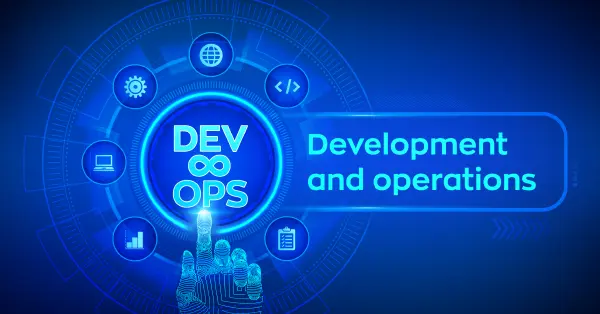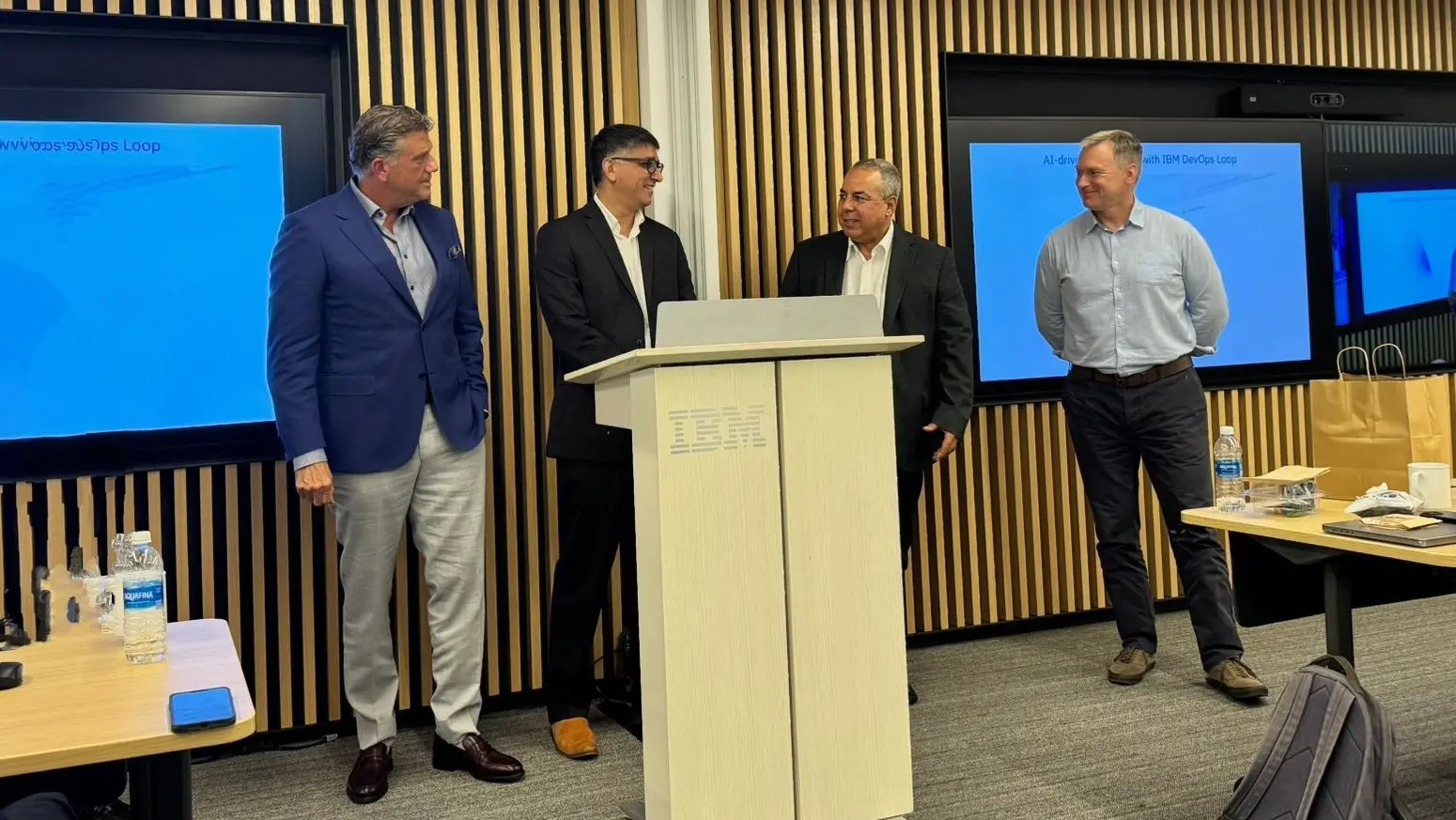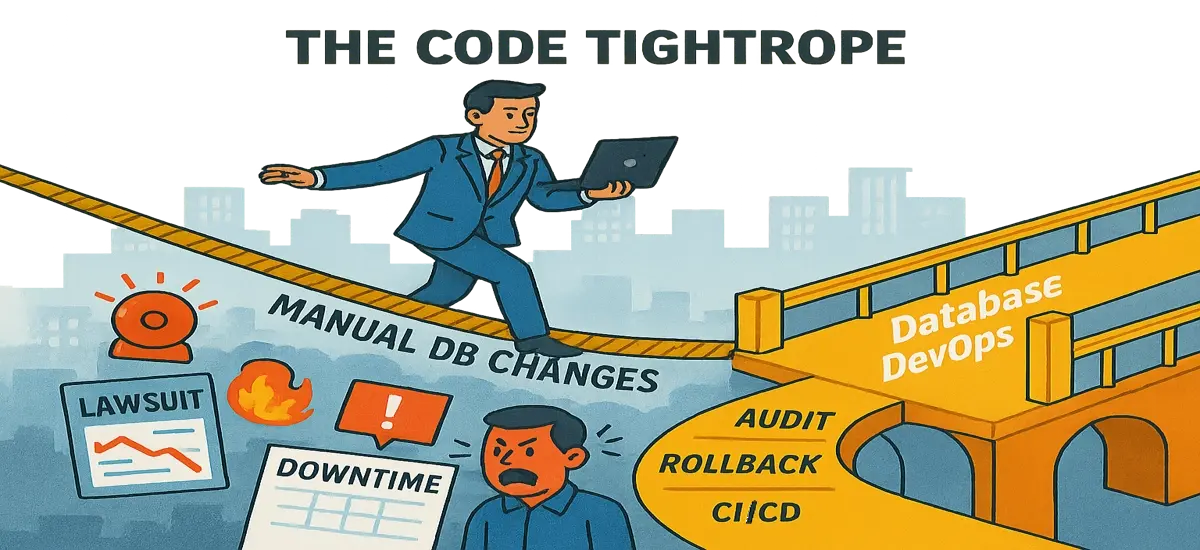Automated DevOps: The Key to Business Continuity

DevOps is evolving exponentially and playing a key role in business-related decisions. It’s not just a methodology, it’s a complete philosophy. More and more organizations today are realizing how vital DevOps is to ensure Business Continuity (BC). How are these two things connected? Let’s find out.
What is Business Continuity (BC)?
Before diving into specifics about the DevOps connection with Business Continuity, it’s important to understand what the latter is all about.
In a nutshell, maintaining business continuity in your organization provides the ability to adapt as required to meet competitive, regulatory, organizational, technology or new market opportunities. It also gives all involved stakeholders the assurance the organization will remain functional and profitable.
For example, let’s assume you have a data repository that is saved into the cloud. You probably have employees who download this data into some tool and manipulate it on a daily basis. This can prove to be the weak link. If this data is lost or compromised, the Business Continuity impact can be severe.

DevOps and Business Continuity
DevOps is the perfect remedy for such sensitive business situations. This is because it’s motto is simple – “Fail Fast and Recover Faster”.
Did You Know?
As per a IT Revolution Press survey , organizations using DevOps deploy code 30 times faster than others.
Embracing DevOps pays off from a disaster recovery standpoint, because the tools and procedures that you use to move applications from development to testing to production and back to development again can also be applied to failing over and recovering from disasters and service interruptions.
DevOps is all about making incremental changes, which reduces risks and can allow you to roll-back without causing downtimes and other bugs. Using this methodology also makes it easier to make the move towards Containerization and also migrating your database to the cloud, a big trend today.
But downtimes and performance issues are just the tip of the iceberg when it comes to Business Continuity. Ensuring that all releases are safe and testing are important factors, but understanding your organization’s reliance on technology is paramount to creating a sustainable environment and business.
Related: All you Need to Know About the Container Delivery Pipeline
Start Taking Action
You will ideally need to pack a serious “1-2-Punch” to get your Business Continuity plan on track along with your DevOps implementation.
The first punch, or step, is Auditing and Planning. You will ideally need to perform the following actions to get started:
- Map the various value streams of work across your organization
- Map all tech, including each business function’s workstation apps
- Assess the impact of each stream being blocked or unavailable
- Create plans to make sure that value streams are available on demand
- Determine key performance measurement metrics you need to track
Once the roadmap and estimates are ready and approved, you can proceed with the second step, which is implementation.
- Design and adoption of tools/solutions to ensure operational visibility
- Completion of the tasks and activities according to the roadmap
- Automation of testing, integration and deployment tasks
- Active and proactive monitoring of the system processes, issue resolution
- Upgrading old infrastructure or migrating it to the cloud
Related: Top 7 Cloud Databases for 2020
Your Organization Depends on Technology
Building a reliable, robust and well-performing infrastructure is just the beginning. Your operational decisions will also need to be based on a dynamic and evolving regulatory space. Directives live GDPR, HIPAA, and SOX cannot be ignored and need to be factored into your development and business decisions.
Your Business Continuity hinges on optimal DevOps implementation with solid automation and monitoring tools, which need to be capable of functioning in the most demanding regulatory and competitive environments. All of the above needs to be done with serious product pipeline planning and design.
The faster you understand how deeply you rely on your technological solutions and platforms, the better you will be able to ensure Business Continuity.




